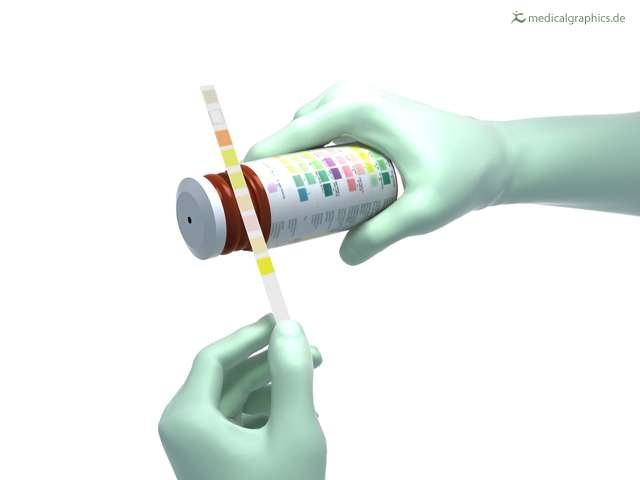Basics
Urinary tract infections are infectious inflammations in the area of the urinary tract. They are mainly caused by bacteria, especially intestinal bacteria. The parts of the urinary tract that can be affected include the ureter (connection between the kidney and the urinary bladder), the urinary bladder, and the urethra (connection between the urinary bladder and the genitals). Non-infectious causes of inflammation of the urinary tract are also possible.
Women are far more frequently affected by a urinary tract infection than men. The decisive factor for this is the shorter urethra in women, through which bacteria can reach the urinary bladder much more easily. Approximately every 10th woman suffers from a bladder infection at least once a year. In men, urinary tract infections occur much less frequently, but the frequency increases with age and is often associated with prostate enlargement.
Classification
Basically, urinary tract infections can be differentiated based on their location:
- Lower urinary tract infection:
The infection is located in the urethra or urinary bladder area. Technically, urinary bladder infection is called cystitis and urethritis. Urethritis alone is usually treated as a separate condition. - Upper urinary tract infection:
Sometimes an ascending infection occurs so that the ureter and renal pelvis are also affected. Infectious ureteritis is technically known as ureteritis and renal pelvic inflammation is known as pyelonephritis.
Less common forms of ureteritis are:
- Radiation cystitis:
This urinary bladder infection is caused by radiation (for example, radiation therapy for cancer). - Interstitial cystitis:
This is a chronic bladder infection that is not triggered by an infection with pathogens. The cause is still largely unknown.


